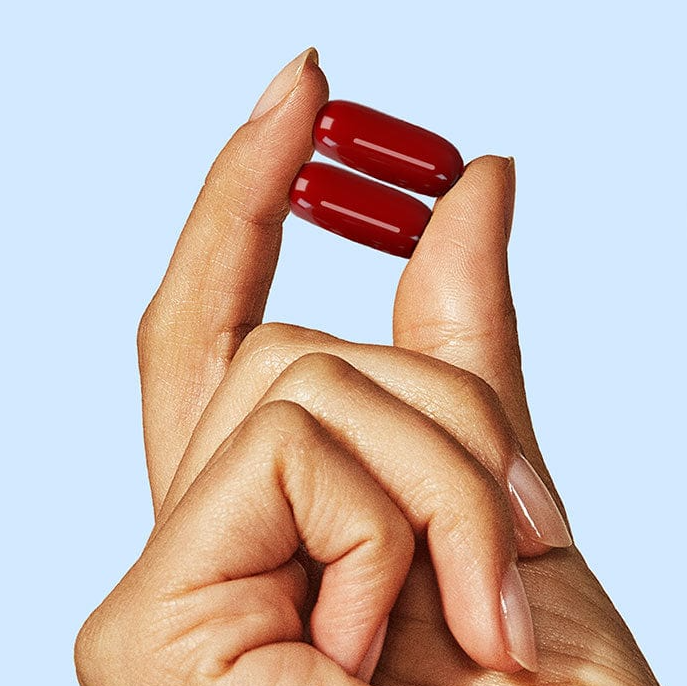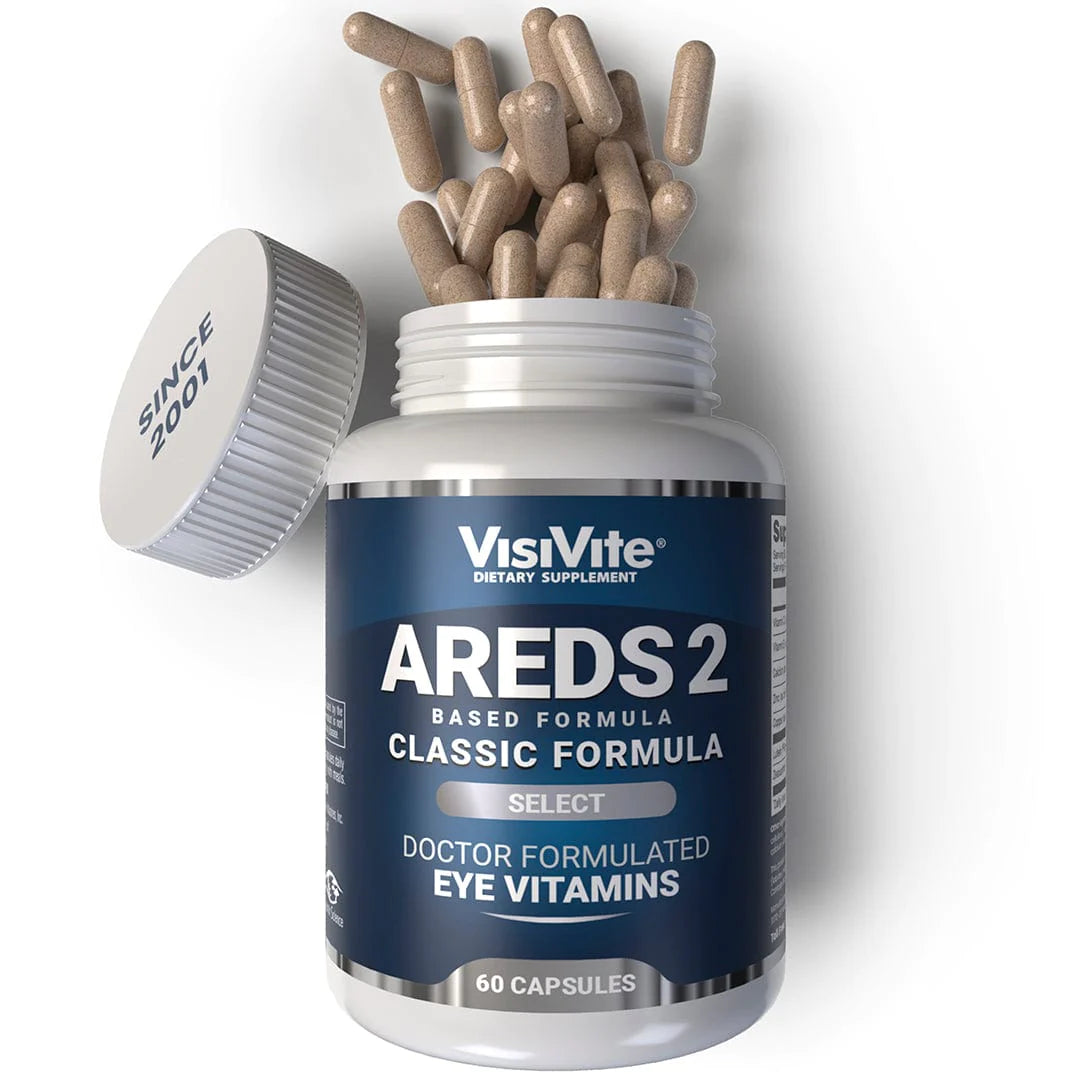Zeaxanthin, a potent antioxidant, has gained prominence for its role in supporting eye health and overall vitality. However, the source of zeaxanthin—natural plant-derived right-right zeaxanthin versus synthetic mixed racemates—can significantly impact its bioavailability and potential health benefits. The scientific literature reveals a compelling case for favoring natural plant sources of right-right zeaxanthin over synthetic alternatives.
-
Bioavailability: Bioavailability, the measure of how readily a nutrient can be absorbed and utilized by the body, is a crucial determinant of its effectiveness. Research comparing the bioavailability of natural plant-derived right-right zeaxanthin to synthetic mixed racemates consistently highlights the superiority of the former. Omnixan from paprika is an example of this right-right zeaxanthin ingredient used in VisiVite AREDS 2 formulas for macular degeneration. A study published in the "Journal of Agricultural and Food Chemistry" demonstrated that right-right zeaxanthin from marigold flowers exhibited higher bioavailability compared to synthetic mixed zeaxanthin in a rat model [1]. This suggests that the molecular structure of natural zeaxanthin may be more readily recognized and absorbed by the body.
-
Specificity of Isomeric Form: Zeaxanthin exists in several isomeric forms, with right-right (3R,3'R-zeaxanthin) being the predominant and biologically active form found in nature. Synthetic zeaxanthin is often produced as a mixture of isomers, including both the biologically active right-right form and its left-right (3R,3'S-meso-zeaxanthin) counterpart. However, emerging evidence suggests that the body may preferentially absorb and utilize the right-right form. A study published in "Nutrients" found that supplementation with right-right zeaxanthin resulted in higher levels of zeaxanthin in the macula, the central part of the retina responsible for sharp vision, compared to supplementation with mixed isomeric forms [2]. This underscores the importance of consuming zeaxanthin in its natural, biologically active configuration.
-
Synergistic Effects: Natural plant sources of right-right zeaxanthin often contain a plethora of other beneficial compounds that work synergistically to enhance its effects. For instance, leafy greens like spinach and kale, rich in right-right zeaxanthin, also provide a spectrum of vitamins, minerals, and phytonutrients essential for eye health and overall well-being. These complementary nutrients may amplify the protective effects of zeaxanthin against oxidative stress and age-related eye conditions.
-
Safety and Purity: Natural plant-derived right-right zeaxanthin boasts a long history of human consumption and is generally recognized as safe. In contrast, synthetic mixed racemates may contain impurities or by-products associated with chemical synthesis, raising concerns about their safety and long-term health effects. Choosing natural sources ensures purity and minimizes the risk of unintended side effects.
-
Environmental Sustainability: Opting for natural plant sources of right-right zeaxanthin aligns with principles of environmental sustainability. Cultivating and harvesting zeaxanthin-rich plants in an eco-friendly manner not only preserves natural ecosystems but also supports local agricultural communities.
Most manufacturers of AREDS 2 eye vitamins do not declare the source of zeaxanthin and use synthetic sources. But the evidence overwhelmingly supports the utilization of natural plant sources of right-right zeaxanthin over synthetic mixed racemers for optimal health benefits, and this is the form exclusively used in all VisiVite AREDS 2 eye vitamins for macular degeneration. From superior bioavailability and specificity of isomeric form to synergistic effects and safety considerations, choosing natural sources ensures maximum efficacy and minimal risk. Incorporating zeaxanthin-rich foods into one's diet, such as marigold flowers, spinach, and kale, offers a holistic approach to supporting eye health and overall vitality.
References:
- Bhosale, P., Serban, B., Zhao, D., Bernstein, P.S. (2007). Identification and Metabolic Transformations of Carotenoids in ocular tissues of the Japanese quail Coturnix japonica. Journal of Agricultural and Food Chemistry, 55(2), 780-787.
- Thurnham, D.I., Nolan, J.M., Howard, A.N., Beatty, S. (2015). Macular response to supplementation with differing xanthophyll formulations in subjects with and without age-related macular degeneration. Nutrients, 7(12), 9299-9312.














